In the 1910s the Feast of the Blessed Sacrament was a parade followed by a few hours of festivities on a Sunday (Museum of Madeiran Heritage)
Portuguese religious tradition, culture and community meet at the Feast of the Blessed Sacrament
The Feast of the Blessed Sacrament is such a city icon that it’s referred to as the Portuguese Feast. There are the grand buildings of Russell Warren, the Sea Captain homes, and the Whaleman Statue. There was the Paul Revere Sign. There’s the Fishing Industry and the Waterfront. All these things are conjured when someone says New Bedford. The Portuguese Feast is in league with them.
Everyone knows New Bedford is also known as the Whaling City. Some know that it was once known as the “City of Light.” It could easily be dubbed as the City of Portuguese. Well, that’s unimaginative. Perhaps, the City of Malassadas? Cacoila City? Lil’ Lisbon?
OK, I won’t quit my day job. You get the picture.
New Bedford is synonymous with Portuguese Culture. No one can imagine New Bedford without it. Who wants to go the rest of their lives without cacoila, linguica, malassadas, pops, quezadas, or boiled dinner? I don’t want to live in a city where there are no Botelhos, Perreiras, Costas or Silvas in the phone book. No Fado, no Feast of the Blessed Sacrament, no Portuguese Clubs, no avos?
NO THANKS. Sorry, I mean “NOA OBRIGADO.”
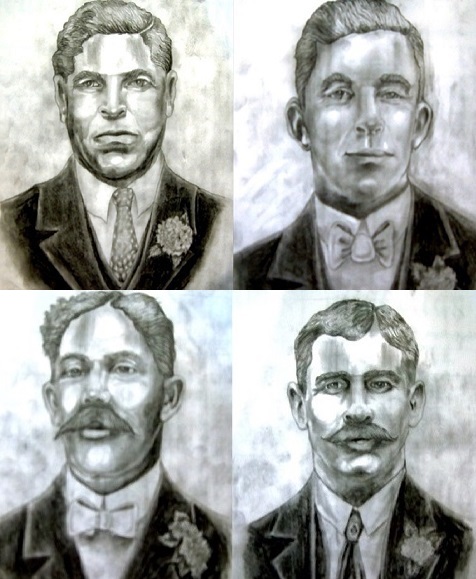
While there isn’t a soul that hasn’t been to the Festa at least once, there are a lot of people who don’t know why there is a Feast of the Blessed Sacrament. Who’s bright idea was it? Who was the genius that merged the best of America and Portugal in one of the city’s favorite events that draws up to 300,000 people? Let’s give thanks to the group that thought to put beer, wine, meat on a skewer, and live music right here in New Bedford.
Can we do a short trip through the history of the Feast without being boring? You bet we can. Should we? We sure should! It’s not just the history of the Portuguese Community. It’s the history of America. It’s your history. It’s our history.
A sizable portion of Portuguese – who have been known for centuries as some of the world’s best navigators, pilots, and shipbuilders – came directly to New Bedford attracted by the burgeoning whaling industry. What some do not know is that many did not originally have intentions of living in New Bedford.
A whaling voyage could take up to four years and it wasn’t uncommon for a ship to set sail with a very light crew. Traveling to ports all over the world for supplies, repairs or respite, the captains of these vessels would try to grow his crew size. Because of the history, culture and seagoing experience of the Portuguese and the position of the Portuguese owned islands in the Atlantic, stops were frequently made in the Azores and Madeira.
Many Azoreans, Cape Verdeans, Madeirans and mainland Portuguese would seize the opportunity, but were unaware that these voyages were not only many years long, but that the ships were heading back to New Bedford and not delivering everyone back to their homes. Many Portuguese were brought back to New Bedford and were expected to find and make their own ways back home.
Many of them arrived and immediately saw the economic opportunities that New Bedford offered. Not only could the seafaring peoples make a living off the sea, but they could do so without long voyages on whaling vessels. The whaling industry needed logistics support, i.e. coopers, carpenters, smiths, laborers, etc. In addition, there were unrelated jobs available in textiles warehouses, labor, and agriculture. Enough to tempt many to stay in New Bedford and with the better financial conditions and modernity of the New World, they could send for their families to relocate.
So now that we know why the Portuguese Community established roots in New Bedford, why the festa? Well, just because the relocated Portuguese decided to stay in America, didn’t mean that they didn’t still deeply love their country. At this point in world history there were greater opportunities for a better quality of life here in America and specifically New Bedford. Their passion for their country and culture didn’t wane.
Each group of Portuguese celebrate their heritage. For example, the Dia de Portugal is a celebration of all Portuguese communities and the Feast of Senhor de Pedra is specifically the Azorean community’s celebration. The Feast of the Blessed Sacrament is a Madeiran celebration rooted in religious tradition – Roman Catholicism in this case. The “Blessed Sacrament” being the bread and wine that forms the Eucharist or Holy Communion.
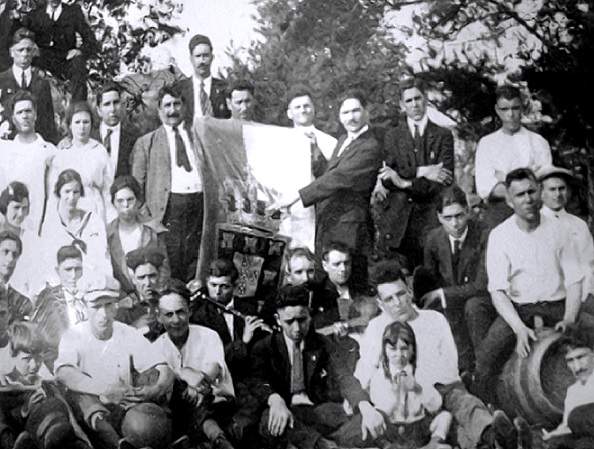
Madeirans Manuel Santana Duarte, Manuel Santinho, Manuel Abreu Coutinho, and Manuel Agrella, founded the Feast in 1915 because they deeply missed the little festas they enjoyed in the small villages they were from back home. From these four founders the feast grew to the point that there are hundreds of feisteros who help organize the event – all who can trace their lineage back to Madeira.
While the Feast has greatly evolved since its first celebration in 1915, it has retained its name demonstrating the importance of the religious roots of the community and the first organizers. The first festas were just a small gathering of folks around barracas or stands, for a few hours on a Sunday afternoon. Imagine that?!
It’s a genuine tribute to the warm Portuguese culture that they happily welcome everyone to celebrate in their festivities – Catholic or not! It is this tolerance, and warmth that has contributed to the festa growing into the massive celebration that it is today. While many people simply go to the Feast, because they understand that it is a place to meet old and new friends, eat mouth watering food, and enjoy a few libations, we should at least acknowledge that the feast is one based in religious tradition, culture and history of the Portuguese Community – without whom we would not have the feast.
If you are interested in learning more about the Portuguese or Madeiran culture and/or history of the Feast of the Blessed Sacrament, you will be pleased to know that on the feast grounds is the Museum of Madeiran Heritage, jam packed with vintage photos, a timeline of the feast and those involved, and many interesting objects of historical importance.
Whether you are of Portuguese descent who wants to learn more about your heritage or someone who has no Portuguese ancestry and just want to learn more about the feast, the role of the Portuguese community, or the city’s history you will thoroughly enjoy exploring the museum. During the feast, the museum will be having a small festa of its own: you can enjoy some musical entertainment – yes, Fado – wine, coffee, espresso and some Portuguese pastries at the Museum Cafe until 10:00pm each night. Admission is free. Want to know more about schedule of activities and entertainment? Stay tuned.
Are you of Portuguese descent and can trace your family back many generations in greater New Bedford? There are missing portraits of five Feast of the Blessed Sacrament presidents. The Museum of Madeiran History needs your help in filling in the missing presidents:
1. Joao De Souza (Jardin) – Served in 1917. Born at Santa Cruz, Madeira. Lived at 929 Victoria Street.
2. Jose Antonio – Served in 1920. Born at Santa Cruz, Madeira. Lived at 276 Davis Street.
3. Guilhermo Silveira (Gonsalves) – Served in 1930. Born at Santa Cruz, Madeira. From Oakland, California.
4. Jaoa Pedro Vieira – Served in 1944. Lived at 206 North Street.
5. John Teixeira – Served in 1946. Lived at 32 Alpine Avenue, Fairhaven.
If these names are familiar to you and you have images or know how to find images of these individuals, please contact us at nbgarts@gmail.com.
Website: portuguesefeast.com/
Facebook Page: facebook.com/FeastOfTheBlessedSacrament
 New Bedford Guide Your Guide to New Bedford and South Coast, MA
New Bedford Guide Your Guide to New Bedford and South Coast, MA

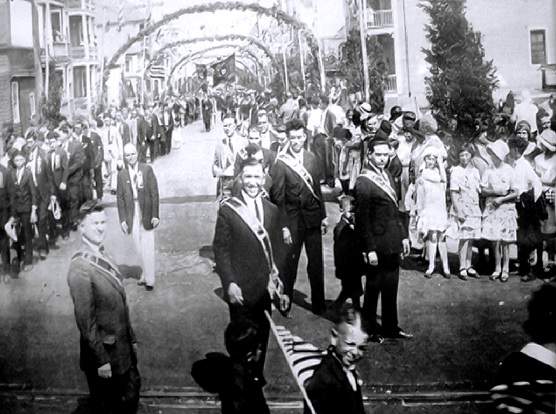





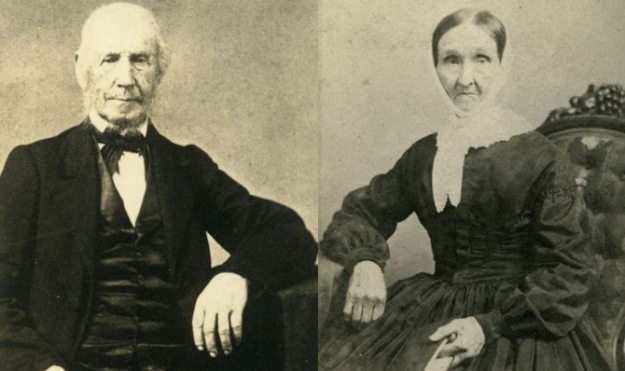
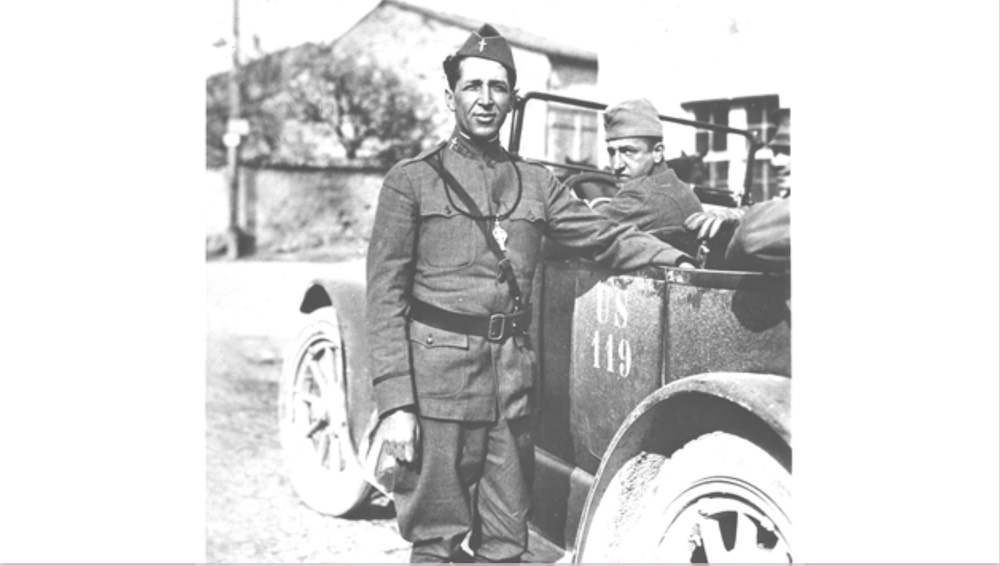

If the Feast of the Blessed Sacrament was founded in 1915, how is this the 100th anniversary? Some one make a for much better math skills guy AY PA!
Hi…um buttfugglar.
Not sure where you read 100th Anniversary. Nowhere in the article is the word anniversary mentioned. It’s the 100th celebration.
This is the 100th time the Feast of the Blessed Sacrament has happened – not the 100th anniversary.
It does not seem that math skills are the issue here! “AY PA!” indeed!
Enjoying the 4th of July.
This day 70 years ago across from Madeira Field a family wedding took place. My Great Aunt ” The daughter of Manuel Santana Duarte” Tied the knot at this important place.
We had the privilege of attending the feast years ago and what a good time.
I think it is time to make it more of an annual trip. Great food, people, and drinks.
The Duarte’s on the West Coast.
I have been told my daughters pic. Werenon this website, the horrible rainy saturday, my kids had on frog and ladybug jackets watching the magician……I thank you gail t.